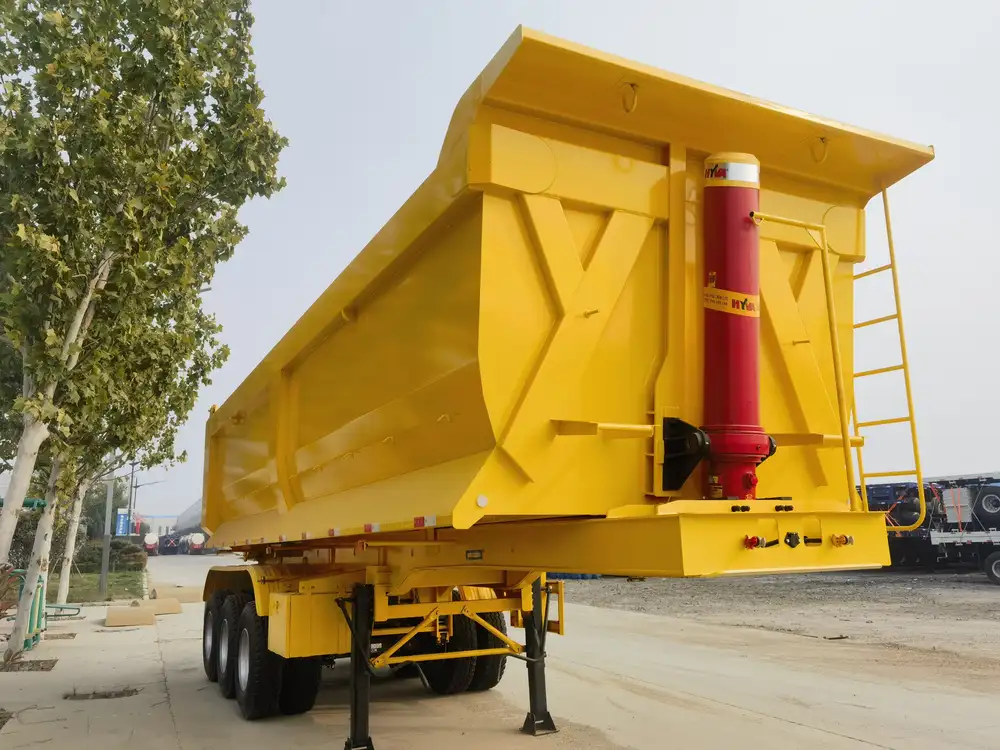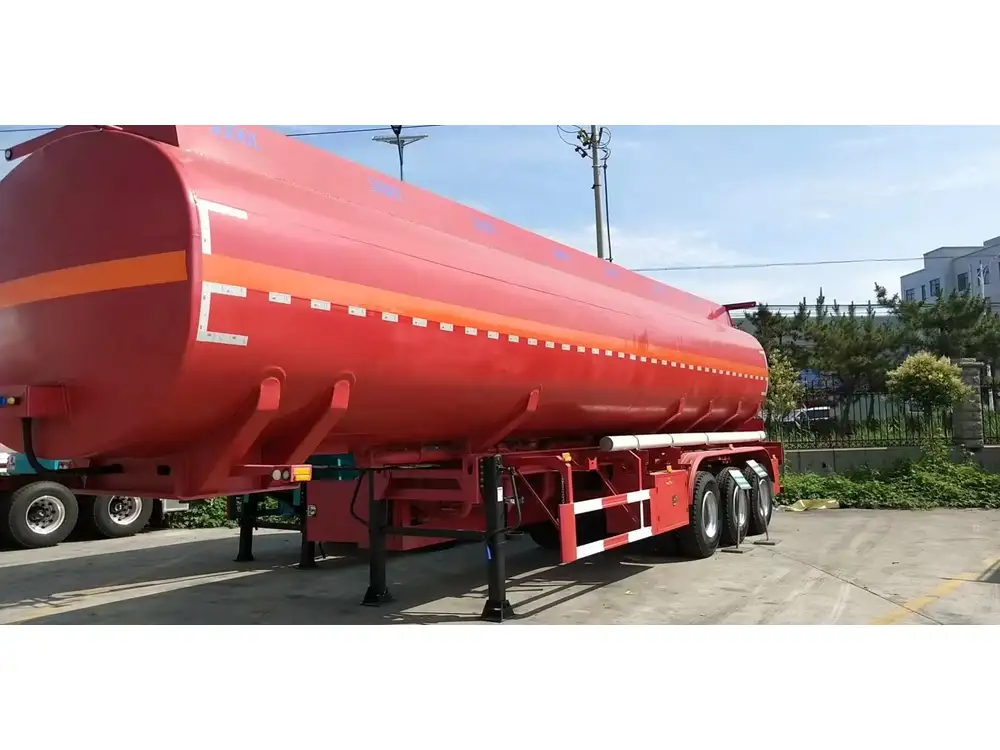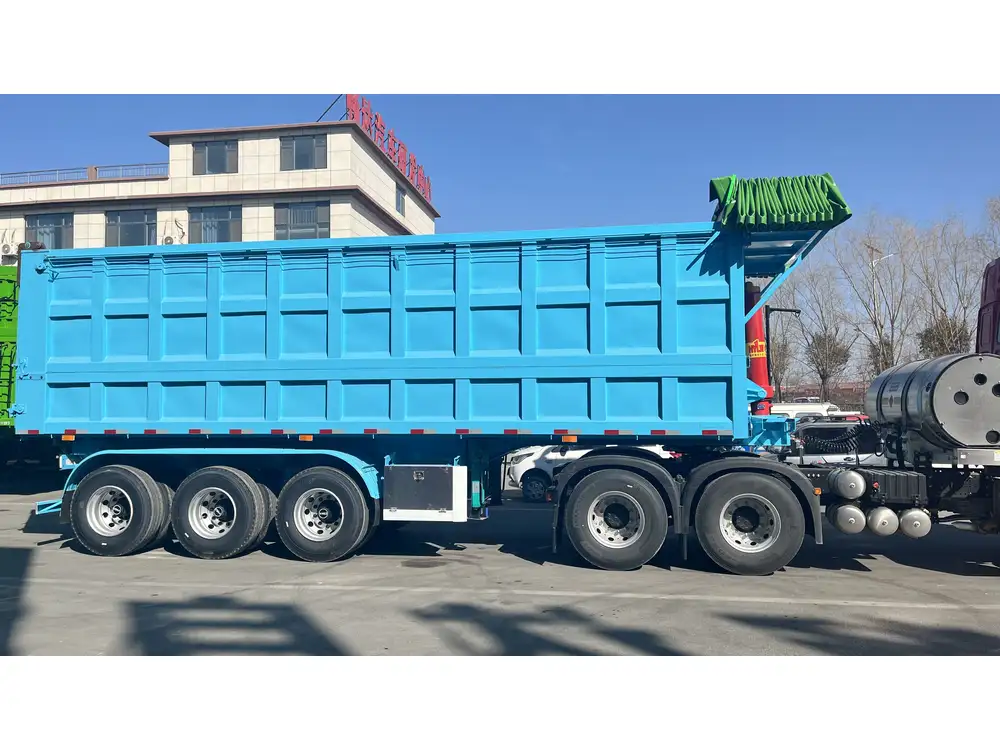When it comes to the transportation of goods, semi-trailers play an indispensable role in logistics. However, safeguarding your asset against potential damage or failure is crucial. This comprehensive guide dives deep into effective methods on how to backup a semi trailer, providing actionable insights tailored for manufacturers, fleet managers, and drivers alike.
Understanding the Importance of Backing Up a Semi-Trailer
Backing up a semi-trailer is not just about maneuvering large vehicles; it’s about ensuring that your cargo reaches its destination safely while preserving the integrity of the trailer itself. The reasons to prioritize proper backing techniques include:
- Preventing Accidents: A successful backup can minimize the risk of collisions with obstacles, other vehicles, or pedestrians.
- Protecting Cargo: A courier’s ability to back up safely directly affects the safety of the load being transported.
- Enhancing Driver Confidence: Skilled backing techniques empower drivers, making them more efficient and encouraging safer driving practices.
Essential Equipment for Safe Backing
To effectively back up a semi-trailer, specific equipment can enhance safety and minimize potential damage. Below are key tools that should always be present:
| Equipment | Purpose |
|---|---|
| Backup Cameras | Provide real-time visuals of the area behind the trailer. |
| Blind Spot Detectors | Warn drivers about obstacles or vehicles in blind spots. |
| Cones or Markers | Help establish a safe zone while maneuvering. |
| Guide Personnel | Enables communication and guidance for vulnerable areas. |

Effective Backing Techniques for Semi-Trailer Operators
Mastering the art of backing up a semi-trailer necessitates practice and proficiency in various techniques. Below, we outline some of the most effective strategies:
1. The Straight-Line Backup
A straight-line backup is the simplest form of maneuvering. Follow these steps:
- Align Correctly: Ensure that the semi-trailer is perfectly straight in relation to the path behind.
- Check Surroundings: Look for any obstacles and ensure visibility is clear.
- Steady Steering: Keep the steering wheel centered and reverse slowly.
Pros: Limited risk of collision; ideal for beginners.
Cons: Limited applicability in tight spaces.
2. The Wide Turn Backup
This technique is useful for navigating tighter spaces:
- Position the Rig: Drive forward to create ample space on the side you’ll be turning toward.
- Signal Intentions: Use turn signals to indicate your direction.
- Steer Inward: Begin turning the steering wheel toward the front of the trailer to guide it into the designated area.
Pros: Efficient for confined locations.
Cons: Involves a more complex approach requiring practice.

3. The “S” Curve Technique
When backing into an angled parking spot, an “S” curve can be employed:
- Initial Alignment: Start with the rig parallel to the parking spot.
- Create an Angle: As you back up, steer in the direction opposite to the space you are entering.
- Re-adjust: When the trailer begins to enter the space, shift the steering in the opposite direction.
Pros: Effective for acute angles.
Cons: Challenging for less experienced operators.
Common Challenges While Backing and Solutions
Even for seasoned drivers, backing can present significant challenges. Here, we explore common issues and their corresponding solutions:
| Challenge | Description | Solution |
|---|---|---|
| Limited visibility | Cargo load or trailers can obstruct views. | Utilize cameras; have a guide or spotter. |
| Confined spaces | Narrow areas can cause anxiety and miscalculation. | Practice in wide-open spaces before attempting tight spots. |
| Uneven terrain | Slopes or uneven surfaces may complicate backup. | Assess terrain and approach with caution. |
Utilizing Technology for Enhanced Safety
Modern technology has significantly improved the backing process for semi-trailers. Here are some advanced features worth considering:
Blind Spot Cameras: Alert drivers to hazards outside their line of sight, increasing awareness and safety.
Rear-View Monitors: Provide high-resolution images of the area directly behind the trailer, reducing reliance on mirrors alone.
Telematics Systems: These systems can analyze data from past backing incidents, helping identify patterns and promote safer practices.

Training for Complex Maneuvering
Training is indispensable for enhancing the skills necessary for backing up a semi-trailer. Fleet management should consider the following training methods:
- Simulated Training: Virtual simulators can prepare drivers for various backing scenarios without risking damage to equipment.
- On-the-Job Training: Experienced drivers should mentor newer employees during real-world scenarios to provide immediate feedback and correction.
- Continual Assessment: Implement regular evaluations to ensure skills remain sharp and awareness is maintained.
Legal Considerations for Backing Semi-Trailers
Operators must be aware of the legal ramifications surrounding the operation of semi-trailers, especially when backing:
- Liability: If an accident occurs due to improper backing, the operator may be held liable.
- Regulations: Familiarize yourself with local and federal regulations regarding driving and backing requirements to avoid fines and legal issues.
Proactive Maintenance: A Key Aspect of Backing
Regular semi-trailer maintenance can prevent issues that may arise while backing. Key areas to inspect include:
- Brakes: Ensure they are functioning correctly to allow for smooth stopping when reversing.
- Lights: Broken backup lights can hinder visibility at night or in poor weather conditions.
- Tires: Maintain proper tire pressure to avoid skidding or loss of control.

Conclusion: Mastering Semi-Trailer Backing
In conclusion, mastering how to back up a semi-trailer involves not just skill but also a combination of proper techniques, effective equipment, ongoing training, and awareness of legal responsibilities. This guide offers an in-depth look into the multitude of strategies available to anyone involved in the logistics and transportation industry.
By investing time in understanding the nuances of backing a semi-trailer, operators significantly reduce their chances of collisions, damage, and ultimately, ensure the safety of all road users. As the field evolves, integrating technological advancements and training into your operations will yield long-term benefits, making the process both safe and efficient.
FAQs
Q1: How can I improve my backing skills?
A1: Continuous practice, seeking feedback from experienced drivers, and participating in training programs can help enhance your backing skills.
Q2: Are there specific laws regarding backing up semi-trailers?
A2: Yes, regulations differ by location, so always check local driving laws to ensure compliance.
Q3: What should I do if I hit something while backing up?
A3: Safely stop, assess the damage, inform your supervisor, and follow company protocols for incident reporting.
Keep these insights at your fingertips, and turn every backing maneuver into a showcase of precision and professionalism.



